While noted for their historical charm and timekeeping abilities, some of Montreal’s clocks are reputed to be haunted. Most of Montreal’s haunted clocks are located on St. James Street, an area associated with the extreme desecration of French colonial cemeteries by various financial corporations.
Welcome to the ninety-second installment of the Haunted Montreal Blog!
With over 500 documented ghost stories, Montreal is easily the most haunted city in Canada, if not all of North America. Haunted Montreal dedicates itself to researching these paranormal tales, and the Haunted Montreal Blog unveils a newly researched Montreal ghost story on the 13th of every month!
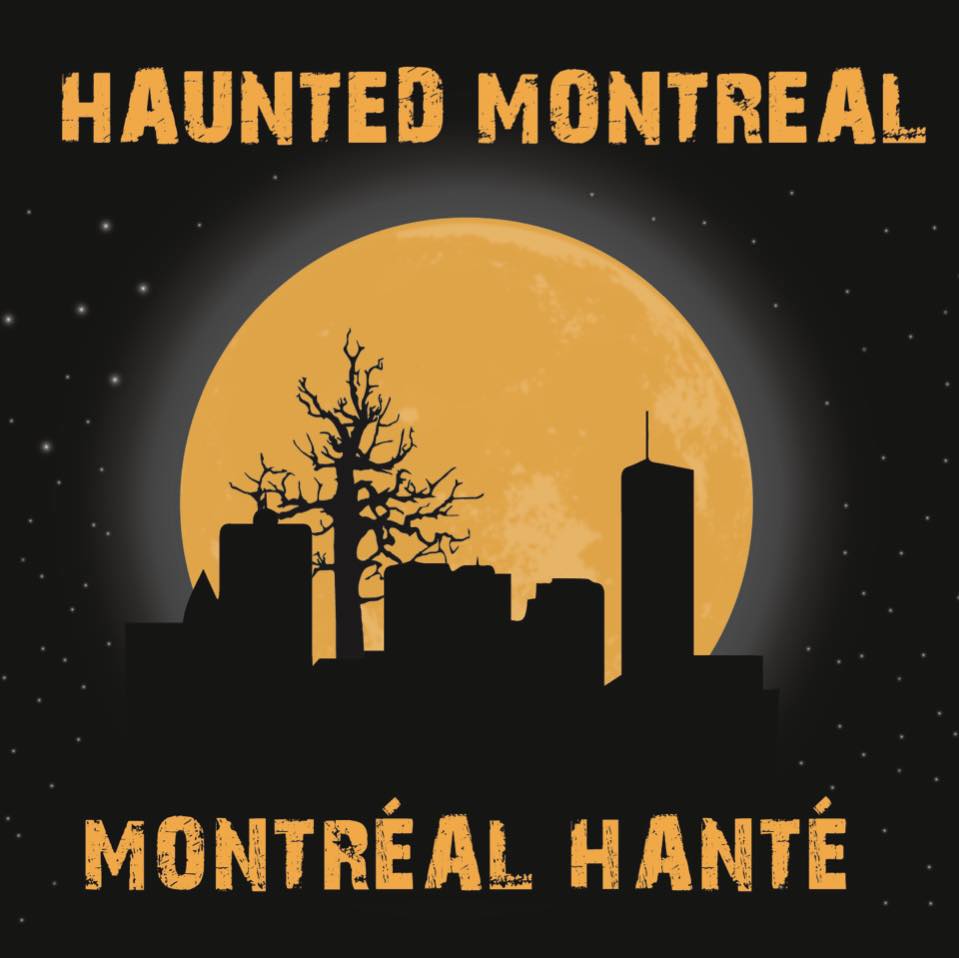
This service is free and you can sign up to our mailing list (top, right-hand corner for desktops and at the bottom for mobile devices) if you wish to receive it every month on the 13th! The blog is published in both English and French!
With the spring finally here, Haunted Montreal is opening our public season of ghost tours on April 22nd, with Haunted Downtown!

Our Haunted Pub Crawl is also offered every Sunday at 3 pm in English. For tours in French, these happen on the last Sunday of every month at 4 pm.
Private tours for all of our experiences (including outdoor tours) can be booked at any time based on the availability of our actors. Clients can request any date, time, language and operating tour. These tours start at $190 for small groups of up to 7 people.
Email info@hauntedmontreal.com to book a private tour!

Our Virtual Ghost Tour is also available on demand!
We’ve just launched our newest haunted experience: Travelling Ghost Storyteller. Find out more in the Company News section.
Want to give the gift of a haunted experience?
You can now order a Haunted Montreal Gift Certificate through our website. They are redeemable via Eventbrite for any of our in-person or virtual experiences. There is no expiration date.
Lastly, we have an online store for those interested in Haunted Montreal merchandise. More details are below in our Company News section!

This month we examine a deranged story about the Mussen Building and its environs in Old Montreal.
Haunted Research
Located in the heart of Old Montreal, the Mussen Building stands out in an awkward way. Situated on the corner of Notre-Dame Street and St. Laurent Boulevard, the edifice hosts a gaudy fast-food joint in an otherwise historic neighborhood.
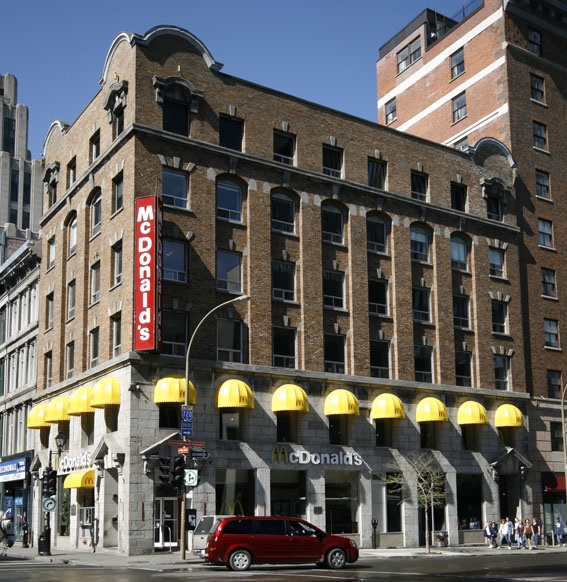
The Mussen Building and its environs are reputed to be haunted. A man contacted Haunted Montreal to inform us about his paranormal experience at an Airbnb unit within the building directly to the west of the Mussen Building.
“Professor V.”, as we will call him (he wishes to remain anonymous), is a local History professor. He explained that he needed to move somewhere for a month with his cat due to renovations at his home following a historic flood on September 13, 2022.

On that day, nearly 60 mm of rain had fallen in Downtown Montreal by 7 pm. This abnormally high amount of rain caused many sewers to backflow into basements, mostly below the escarpment at Sherbrooke Street.
When the professor returned home from giving a History lecture to his class, he discovered that filthy sewer water was seeping up from under the floorboards of his basement unit.
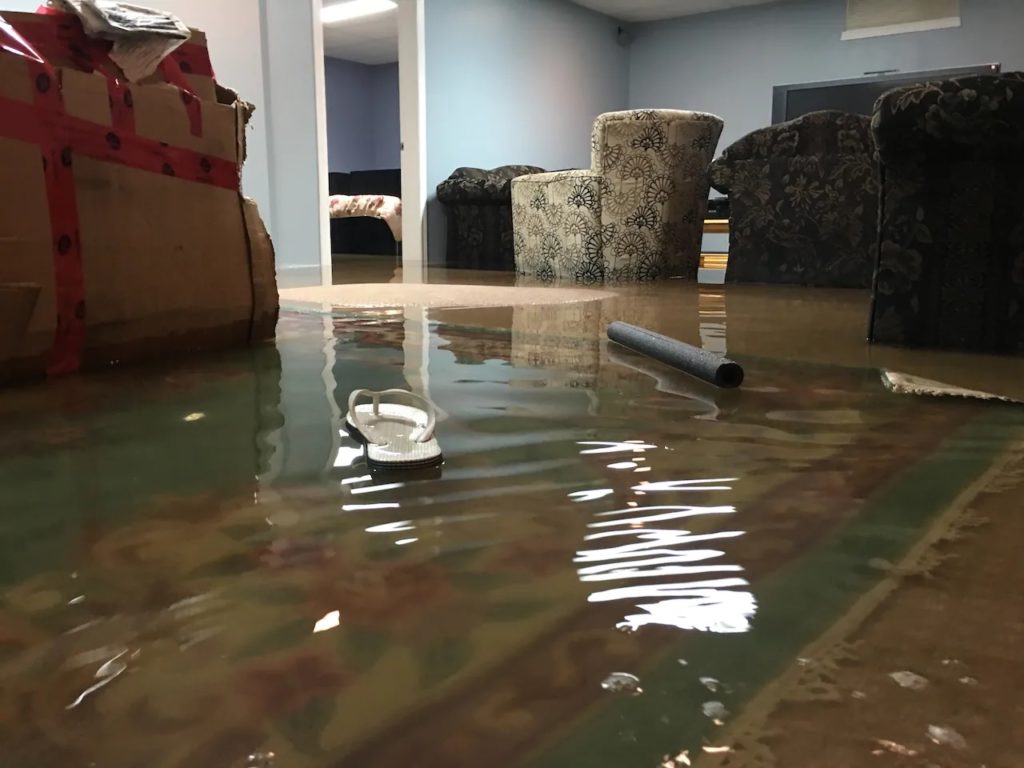
His insurer explained that the floors would have to be replaced so Professor V. began searching for an Airbnb that accepted cats.
The professor was delighted when he found a loft in Old Montreal. Given his passion for History, he thought it would be ideal to reside in the city’s oldest neighborhood for a time.
When Professor V. first checked in, he was delighted by the old-world charm that permeated the loft’s atmosphere. Giant windows overlooked Notre-Dame Street, where a heritage building was being restored across the street.
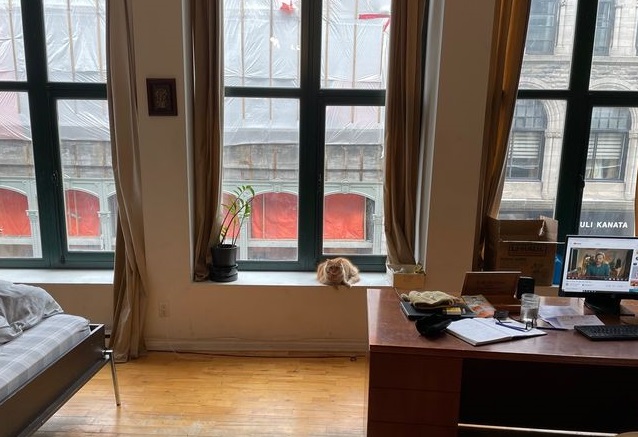
There was also a King-sized Murphy bed, well-equipped kitchen and even an enormous bathtub to soak in.
At first, the professor was beyond satisfied – and so was his cat. Together, they would watch the snow falling outside when not playing games with fluffy cat toys.
However, after sunset each night Professor V. started to notice his cat behaving in abnormal ways.

Once it was dark outside, his cat would become agitated and started hissing at unseen things. The cat would even chase, attack and run away from something that simply was not there.
Professor V. also started to have a recurring nightmare whereby a deranged man with a medieval leather mask would visit him in what seemed to be an old, dungeon-like chamber with stone walls.
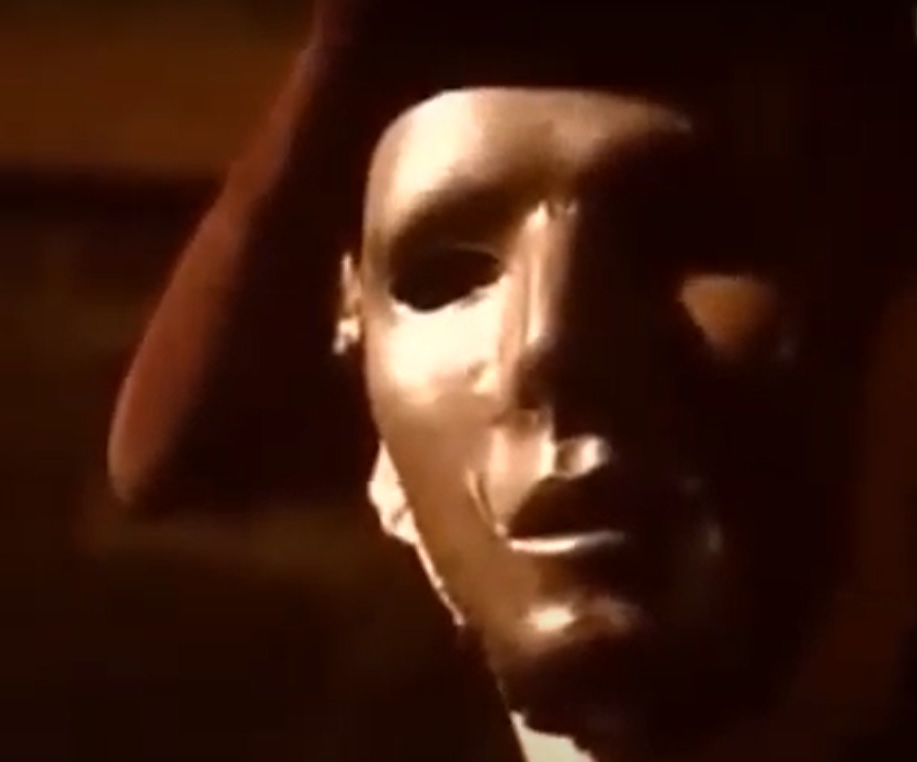
While the details remembered were murky, the professor recalled feeling threatened by the man during these unwanted and recurring dreams.
Some nights he would wake up trembling in a cold sweat only to hear his cat hissing, jumping and scurrying around the loft as though fighting something.
Night after night, it was the same routine. Professor V. began losing sleep, which resulted in some cranky behavior before his students during History lectures.
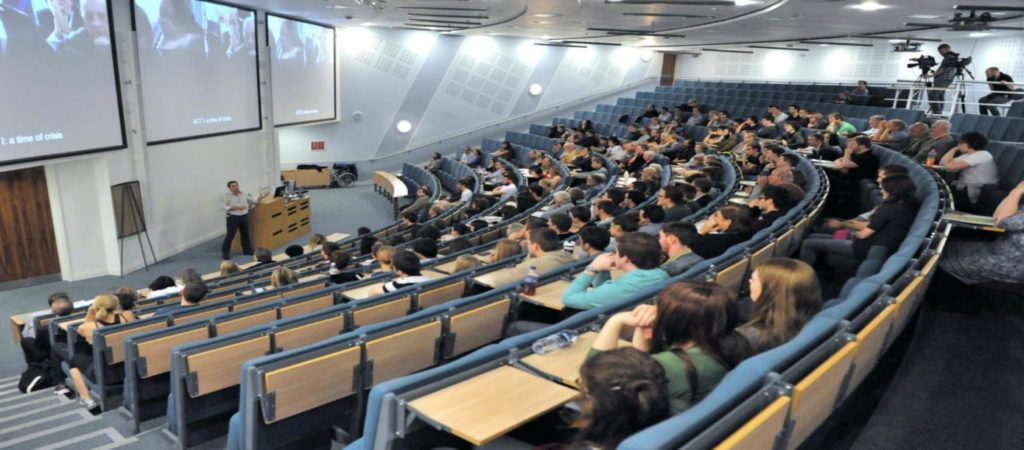
Some days he dozed off at the podium whereas on others he snapped at students for asking stupid questions.
As the days turned into weeks, the professor began desperately researching the building he was staying in. He wanted to determine if there was anything historical that could explain the apparent paranormal activity.
It is worth noting that Professor V. is a “sceptic”. Simply put, he does not believe in the paranormal. However, he had no other logical explanation for the situation he was living. The terrifying nightmares and cat hissing at unseen figures were taking a toll on the professor’s mental health.
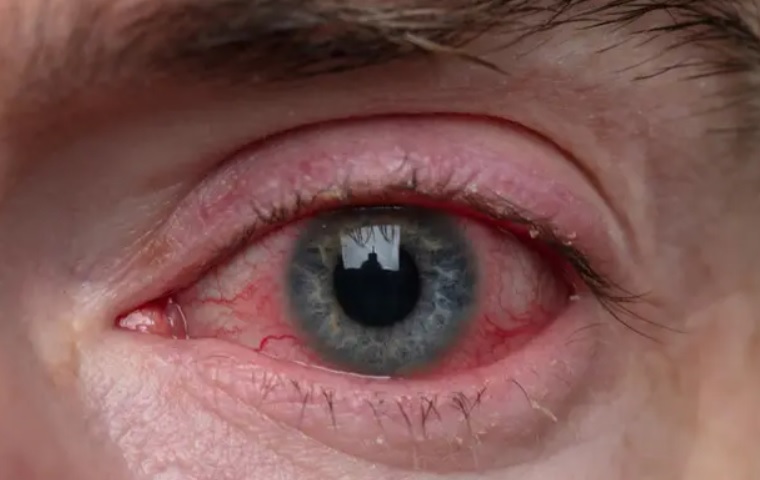
Furthermore, speaking publicly about hauntings and the paranormal could easily compromise his reputation as a respected historian and professor. As such, he demanded absolute anonymity for this story.
Professor V. began researching the limestone building he was staying in using online History databases. He quickly learned that it was built in 1859 as a store-warehouse catering to the Port of Montreal.
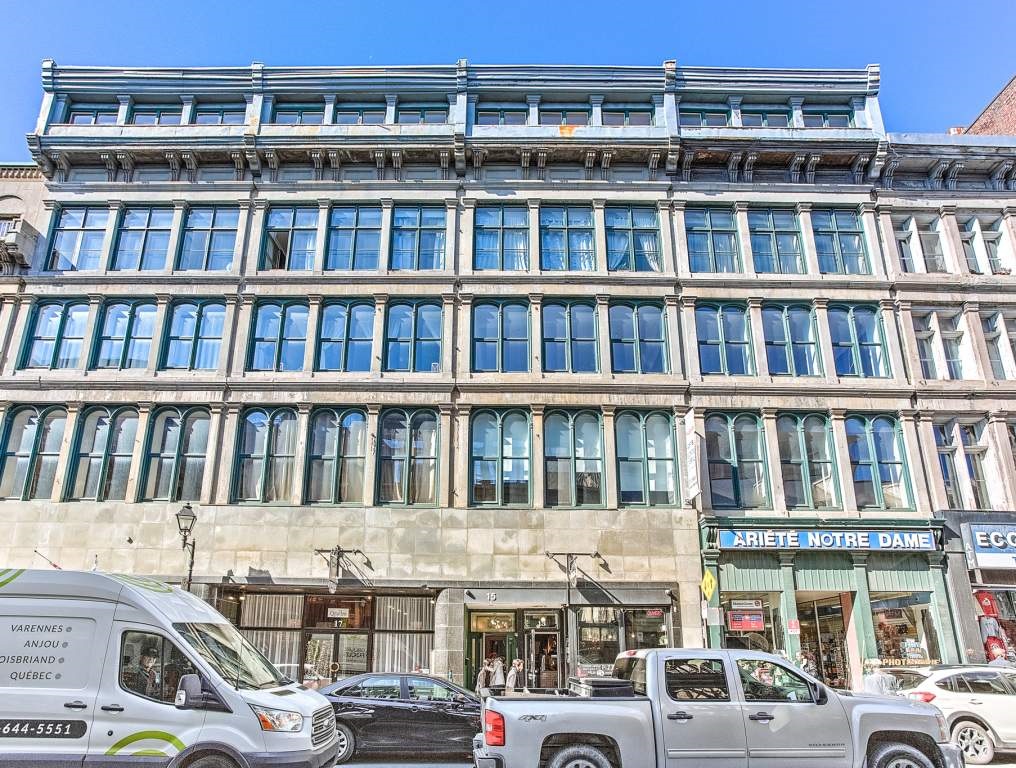
A common type of architecture for the era, the ground floors were typically used as shops and the upper stories as storage for imports and exports.
The professor decided to research further back in time and learned that the site became vacant in 1856 following a fire that devastated the city’s first Anglican Cathedral.
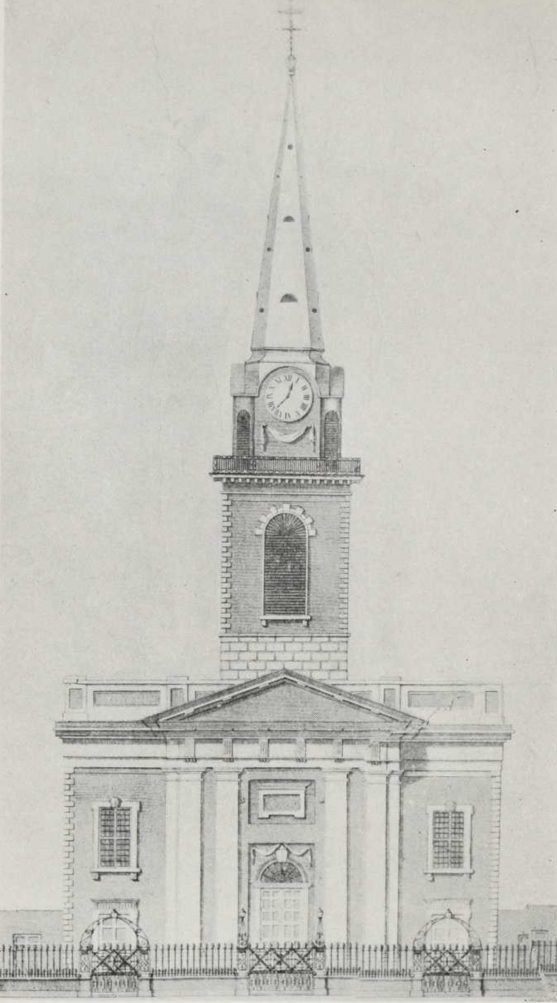
Built in 1814, Christ Church was the headquarters of Montreal’s Anglican Diocese. Following the blaze, the cathedral relocated to its present location in the downtown core.
Professor V. also learned that some of the cathedral walls that did not collapse were incorporated into the walls of the building where his Airbnb was located. He confirmed this by taking a stroll around the block. He verified that the lower portion of the back wall was composed of hand-chiseled limestone blocks.
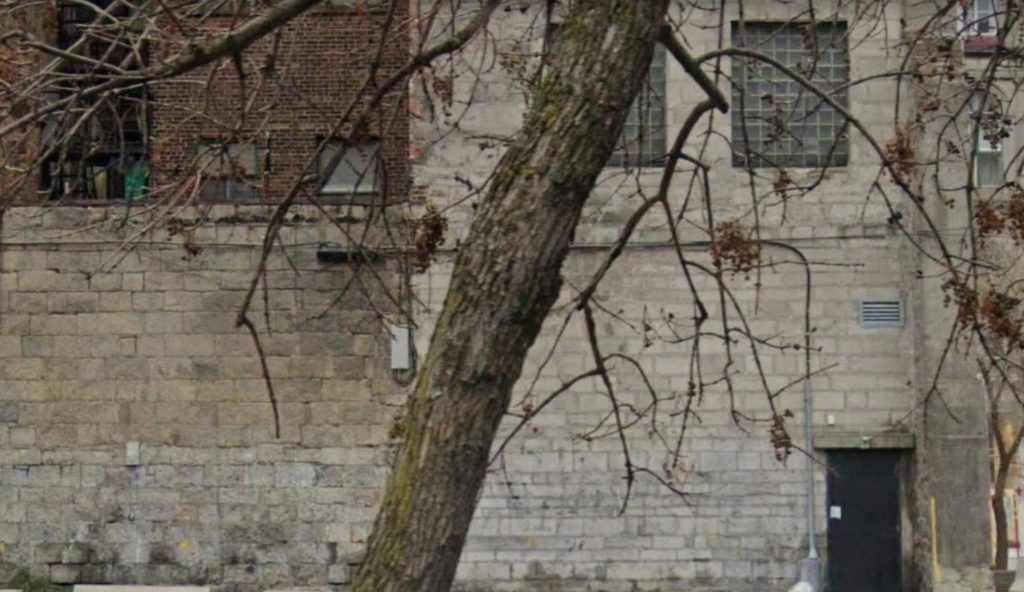
The professor wondered if this masonry might have something to do with the bizarre activities in his unit. If the cathedral had been haunted, he theorized that maybe its remains were causing the disturbance.
He contacted Anglican officials who were adamant that their cathedrals, both old and new, were not haunted. They did concede, however, that their Red Roof Church has a ghost.

Puzzled, Professor V. continued his research. One day, he spotted a plaque on the exterior wall of the Mussen Building, which mentioned that a colonist named Jacques Archambault lived on the site in 1651.
The professor decided to research the adjacent Mussen Building. Currently housing a McDonald’s fast food restaurant, Professor V. felt that there was something uncanny about the edifice.
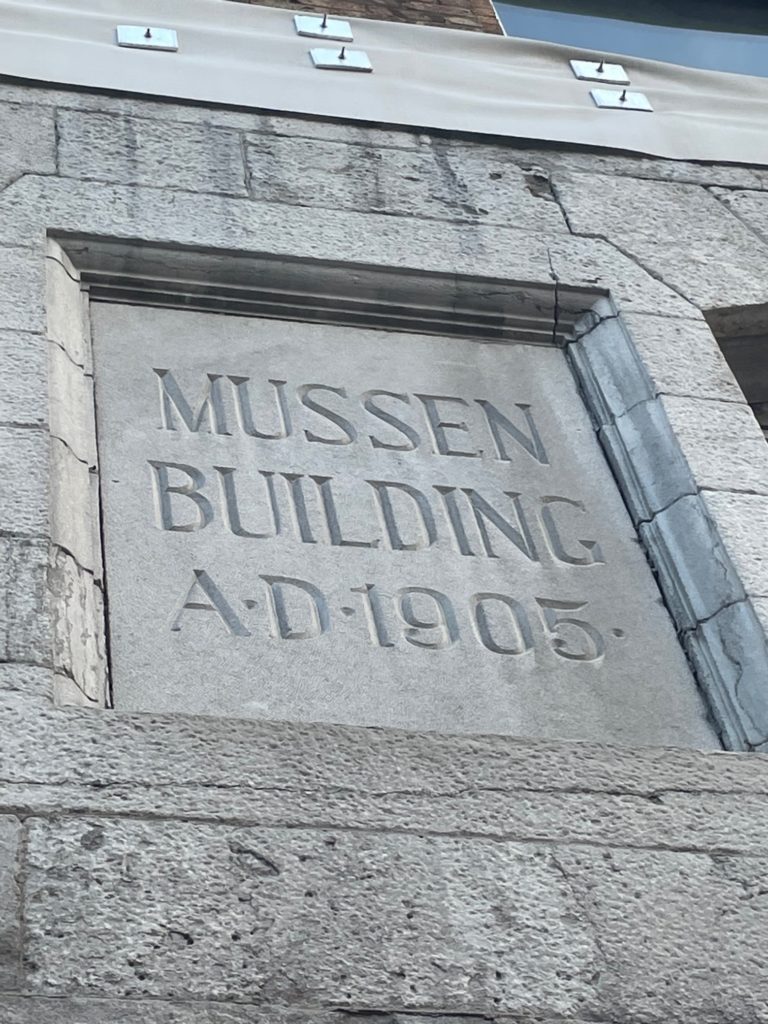
He learned that the Mussen Building was constructed from 1904-1905 according to the plans of the architectural firm MacVicar and Heriot. It was commissioned by the estate of Thomas Mussen.
The building replaced the edifice that for a long time had housed the wholesale business of Thomas Mussen, a merchant of fabrics, haberdashery and dry goods.

The new building included both offices and rooms for carrying out commercial activities. The main original tenants were the American cash register manufacturers National Cash Register and the pharmaceutical and food wholesalers Leeming Miles Co. The president of Leeming Miles Co., Henry Miles, bought the building in 1925 and the company left in the early 1950s.
Professor V. went to the McDonald’s to ask staff if there were any paranormal activities in the restaurant. The employees and manager were tight-lipped, but a regular overheard the professor’s questions and took him aside.
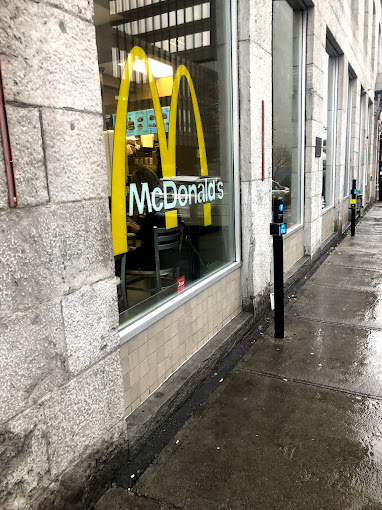
“Sometimes when it is quiet here in the morning,” she said, “I can faintly hear what sounds like heavy chains being dragged.”
The professor continued his research and what he found next was terrifying.
While details were scarce, he learned that the site once hosted the infamous prisons dating from the “New France” era.
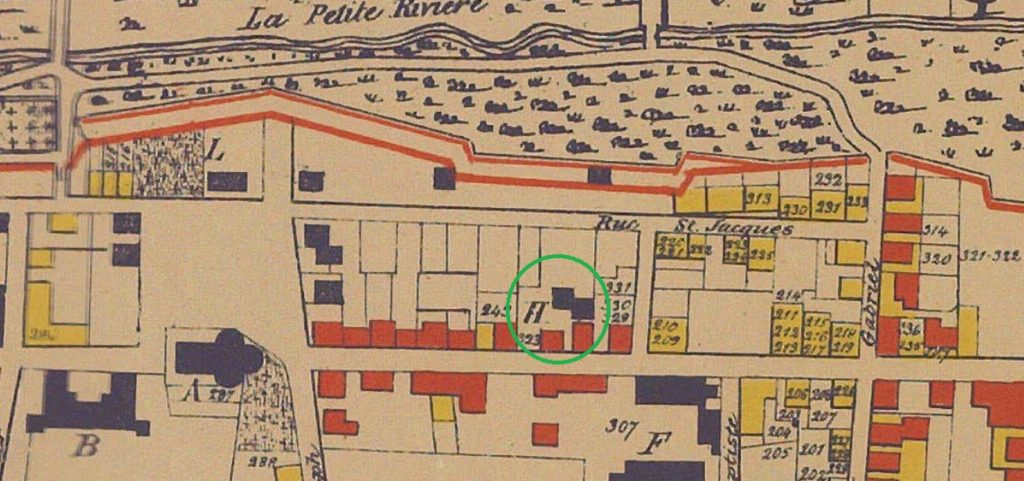
Constructed around 1684, the prisons were primitive.
Inmates were served a crust of stale bread and a jug of murky water each day as they awaited interrogation for alleged crimes – or execution.
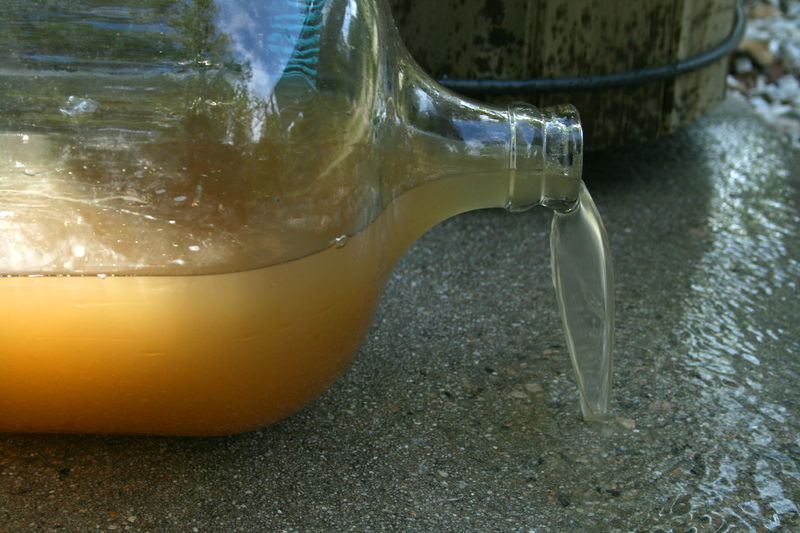
In the New France colonies, there were four major types of crime:
Crimes against the State: treason, sedition, smuggling, embezzlement, counterfeiting, and resisting a legal officer.
Crimes against Property: theft, arson, concealment of stolen goods, and desertion of servants – or slaves.

Crimes against the Person: murder, manslaughter, abortion, infanticide, defamation, poisoning, rape and suicide.
There were also Crimes against the Church, or moral crimes, that were the most serious of all: adultery, bigamy, prostitution, sorcery, and blasphemy.
Anyone accused of any of these crimes was arrested and brought before a man known as Le Bourreau, the torturer.
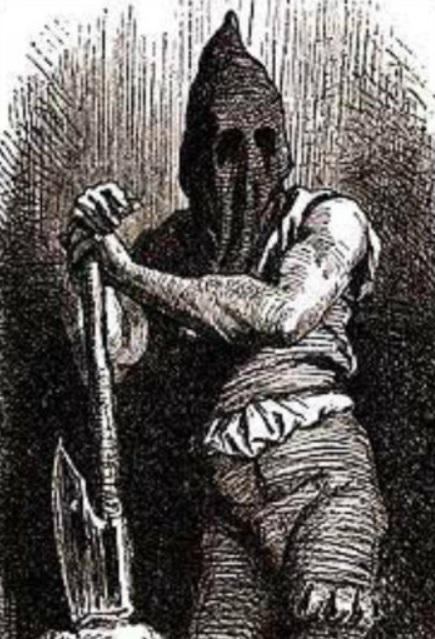
He produced a device known as Le Brodequin, the Spanish Boot: two planks of wood attached to either side of the lower leg and tied around tightly with rope. He always began with what was known as la question ordinaire, the ordinary question: four questions designed to get the accused to admit to their guilt.
Armed with four thick wedges, he would insert the first between the boards.

If the prisoner refused to confess to the alleged crime, he would and hammer it in!
Most prisoners confessed after the first or second wedge. Once the boot was removed, marrow often oozed from the crushed bone through the split wounds.
For those who endured all four wedges, they were returned to their prison cell where usually they expired during the night. If they were still alive the next morning, the torturer would ask la question extraordinaire, but instead of using four wedges, he always used eight.
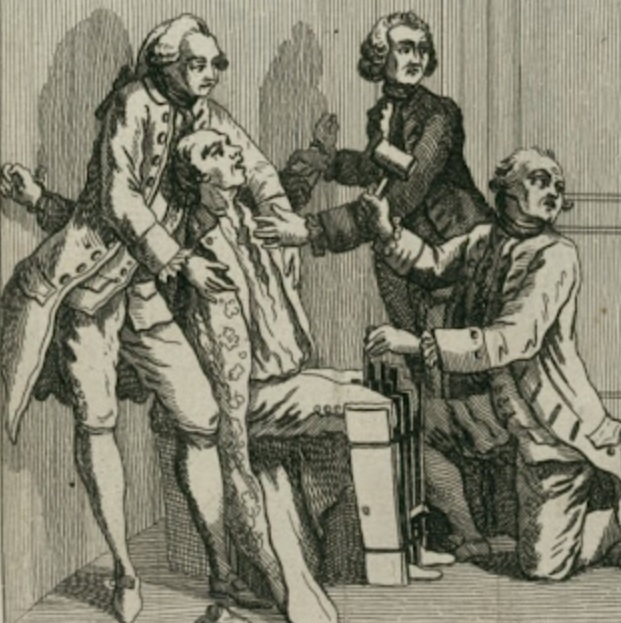
Once a confession was obtained, the criminal was dressed in a long, white robe known as a chemise. A sign was placed dangling around the neck with the word of the crime. The criminal was then tossed onto the back of a horse-drawn garbage cart – and was wheeled throughout the city for all to see the condemned.
The first place they would take the criminal was to the front doors of the church. There they had to get down on their broken knees for their amende honorable – to beg forgiveness from the King of France – and God himself.
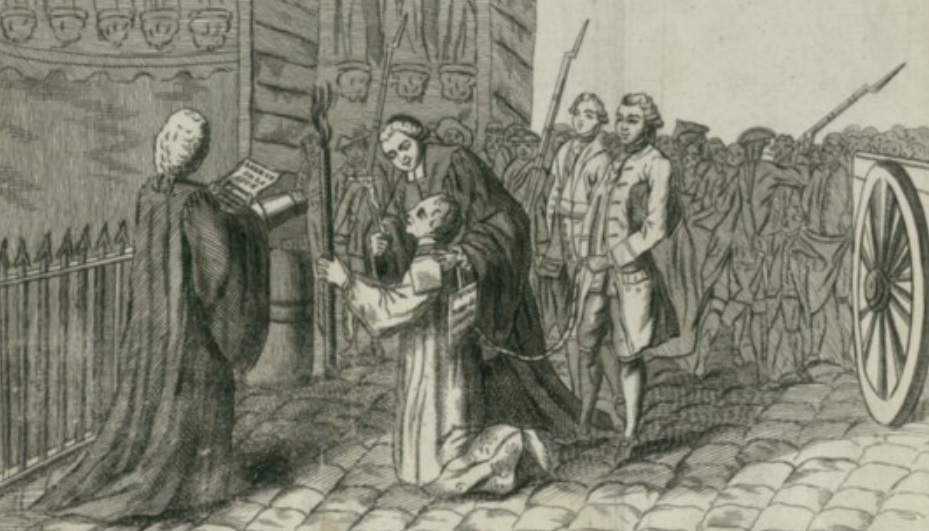
The criminal was then placed back onto the garbage cart and was wheeled to the scene of the crime, or by default, the Place du Marché.
It was there that criminals were either hanged by the neck until dead, burnt alive at the stake or broken alive on a torture wheel.

A torture wheel is a horizontal wheel with a pole going into a scaffold in the ground.
The torturer spun the wheel and then used a large hammer to smash in the limbs, one by one, through the gaps in the wheel. This process was repeated several times per limb, and once the criminal’s bones were smashed apart, they were left to die with their “face turned up to the sky”.

For the most serious crimes of all, they always would always draw and quarter the criminal. They lay the criminal in the center of the square and tied ropes to the arms and legs. These ropes were fed to the four corners of the square where they were attached to horses.
When the torturer gave the signal, the horses began pulling the criminal apart. The torturer would then use his sword to slice open their belly, scattering the intestines across the square for the enjoyment of all the colonists.
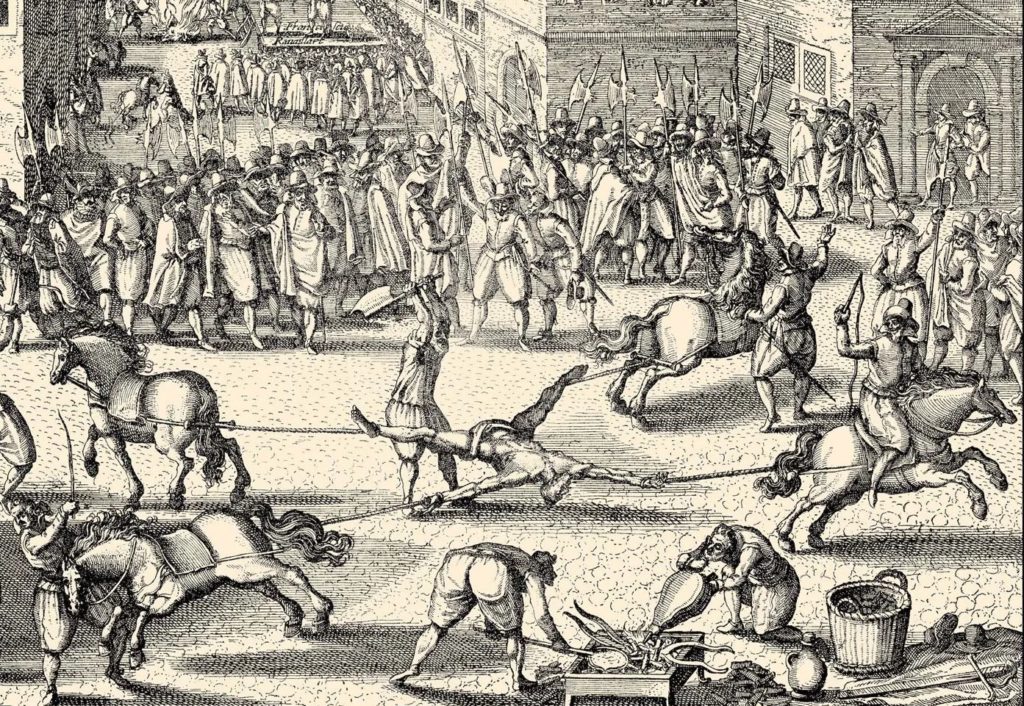
Professor V. could not determine when the colonial prison was finally demolished, but he suspected it was after the British Conquest of 1760.
Given the deranged history of the Mussen Building site and its environs, the professor connected the dots. He concluded that his nightmares and erratic cat could be the result of paranormal activity connected to the old prisons.
As a test, he decided to spend a night at a nearby hotel that also accepted cats. Much to his relief, he slept like a baby and his cat returned to its normal, gentle behavior.
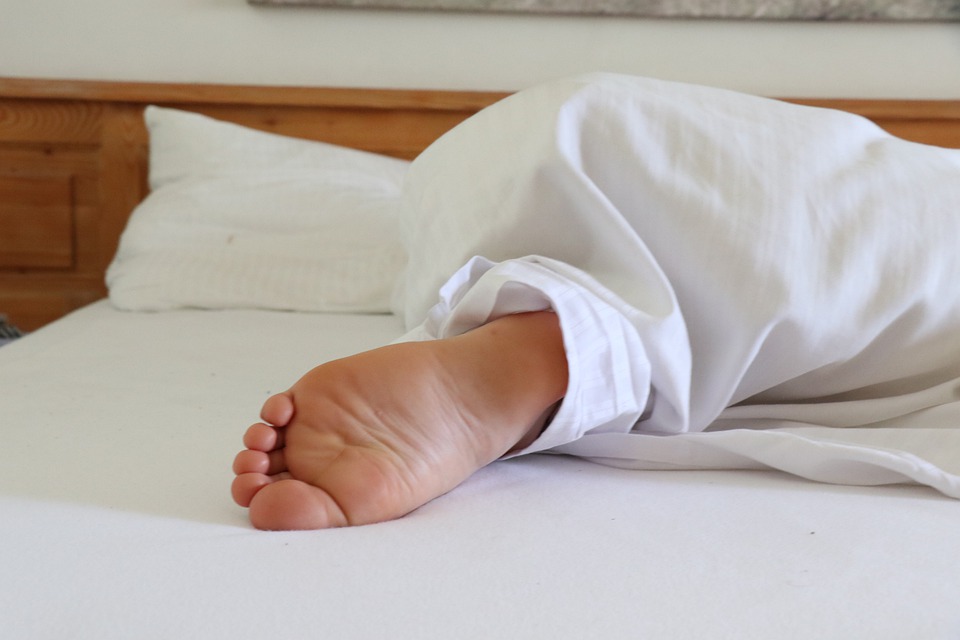
Professor V. decided to cancel the rest of his stay at the Airbnb and to live at the hotel until his home renovations were completed.
He is now happily back in his newly-renovated abode with his pet cat.

Haunted Montreal asked the professor if he was still a sceptic after his unsettling experience. Professor V. replied: “My thinking has evolved and I am now on the fence concerning the paranormal.”
“However,” he added, “I would never admit this to anyone.”
Company News
With the spring finally here, Haunted Montreal is opening our public season of ghost tours on April 22nd, with Haunted Downtown!
Our Haunted Pub Crawl is also offered every Sunday at 3 pm in English. For tours in French, these happen on the last Sunday of every month at 4 pm.
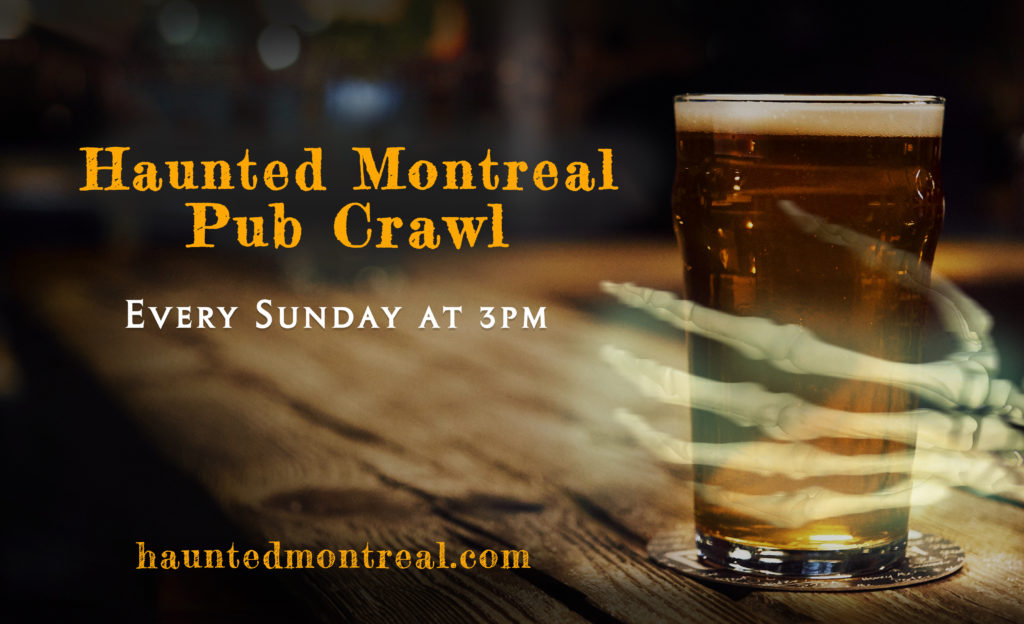
Private tours for any of our experiences (including outdoor tours) can be booked at any time based on the availability of our actors. Clients can request any date, time, language and operating tour. These tours are based on the availability of our actors and start at $190 for small groups of up to 7 people.

Email info@hauntedmontreal.com to book a private tour!
We’re also launching our newest haunted experience:

You can bring the Haunted Montreal experience to your office Christmas party, house party school or event by booking one of our Travelling Ghost Storytellers today. Hear some of the spookiest tales from our tours and our blog told by a professional actor and storyteller. You provide the venue, we provide the stories and storyteller. Find out more and then contact info@hauntedmontreal.com
Our team also releases videos every second Saturday, in both languages, of ghost stories from the Haunted Montreal Blog.
Hosted by Holly Rhiannon (in English) and Dr. Mab (in French), this initiative is sure to please ghost story fans!

Please like, subscribe and hit the bell!
In other news, if you want to send someone a haunted experience as a gift, you certainly can!
We are offering Haunted Montreal Gift Certificates through our website and redeemable via Eventbrite for any of our in-person or virtual events (no expiration date).

Finally, we have opened an online store for those interested in Haunted Montreal merchandise. We are selling t-shirts, magnets, sweatshirts (for those haunted fall and winter nights) and mugs with both the Haunted Montreal logo and our tour imagery.
Purchases can be ordered through our online store.

Haunted Montreal would like to thank all of our clients who attended a ghost walk, haunted pub crawl, paranormal investigation or virtual event!
If you enjoyed the experience, we encourage you to write a review on our Tripadvisor page, something that really helps Haunted Montreal to market its tours.

Lastly, if you would like to receive the Haunted Montreal Blog on the 13th of every month, please sign up to our mailing list.
Coming up on May 13: St. Bridget’s Refuge Site
An Irish Famine asylum once existed to the south-west of St. Patrick’s Basilica. Opened by Father Dowd to accommodate the victims of the Irish Famine of 1847-48, St. Bridget’s Refuge catered to the destitute, the homeless and for many isolated women. The asylum witnessed countless tragedies over the years, resulting in many ghosts. St. Bridget’s Refuge was demolished in the 1970s and for years the site was used as a parking lot, and later as a greenspace. However, the Université de Montréal is now constructing a new campus on the site for its business department: Hautes Études Commerciales (HEC). With such turbulent history, there is already talk that the shiny new campus will be haunted by Irish Famine spirits.
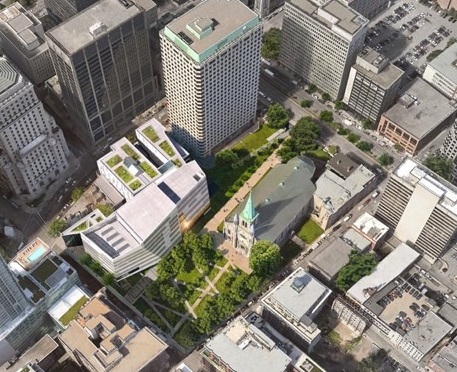
Author:
Donovan King is a postcolonial historian, teacher, tour guide and professional actor. As the founder of Haunted Montreal, he combines his skills to create the best possible Montreal ghost stories, in both writing and theatrical performance. King holds a DEC (Professional Theatre Acting, John Abbott College), BFA (Drama-in-Education, Concordia), B.Ed (History and English Teaching, McGill), MFA (Theatre Studies, University of Calgary) and ACS (Montreal Tourist Guide, Institut de tourisme et d’hôtellerie du Québec). He is also a certified Montreal Destination Specialist.
Translator (into French):
Claude Chevalot holds a master’s degree in applied linguistics from McGill University. She is a writer, editor and translator. For more than 15 years, she has devoted herself almost exclusively to literary translation and to the translation of texts on current and contemporary art.

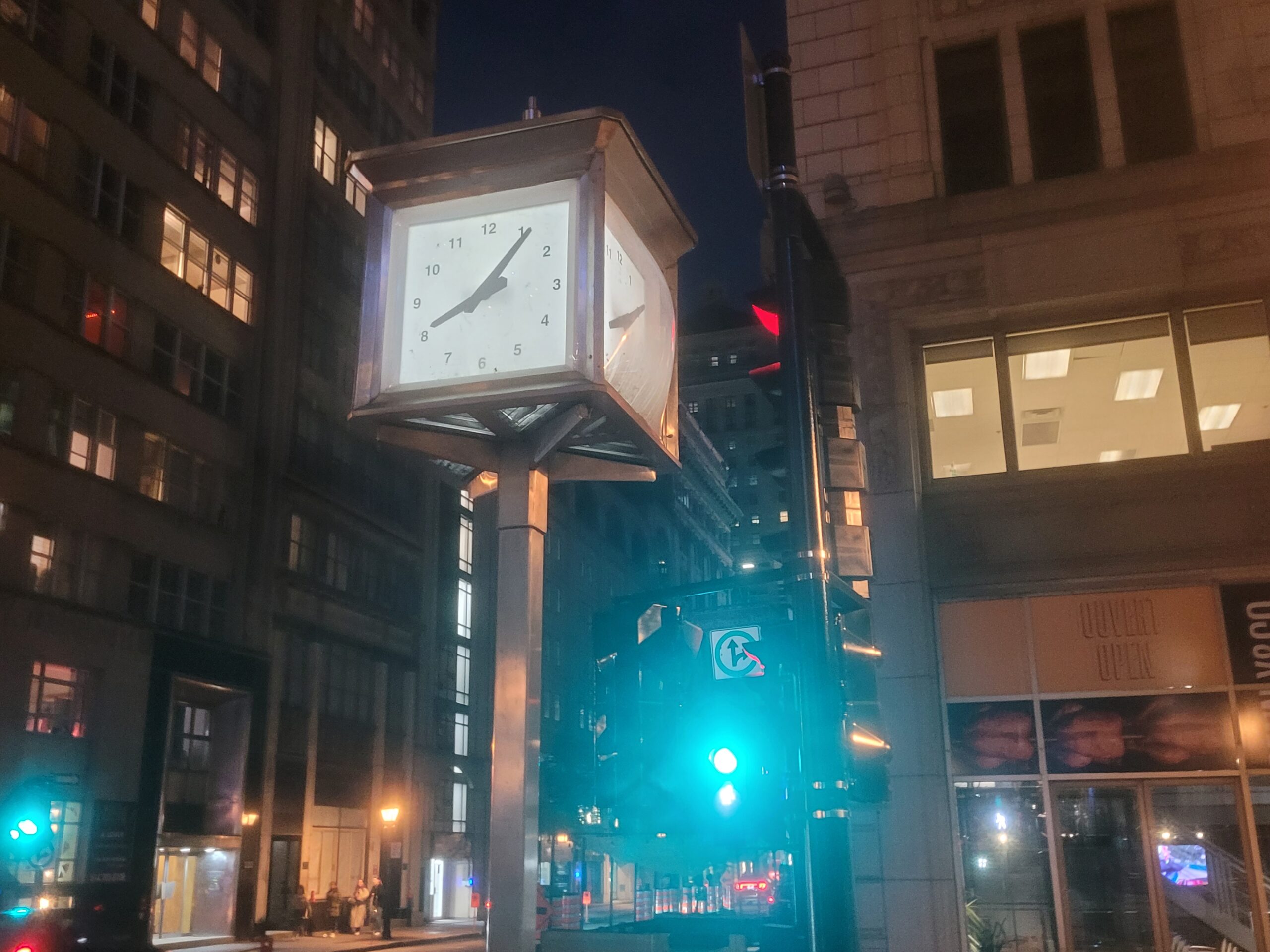

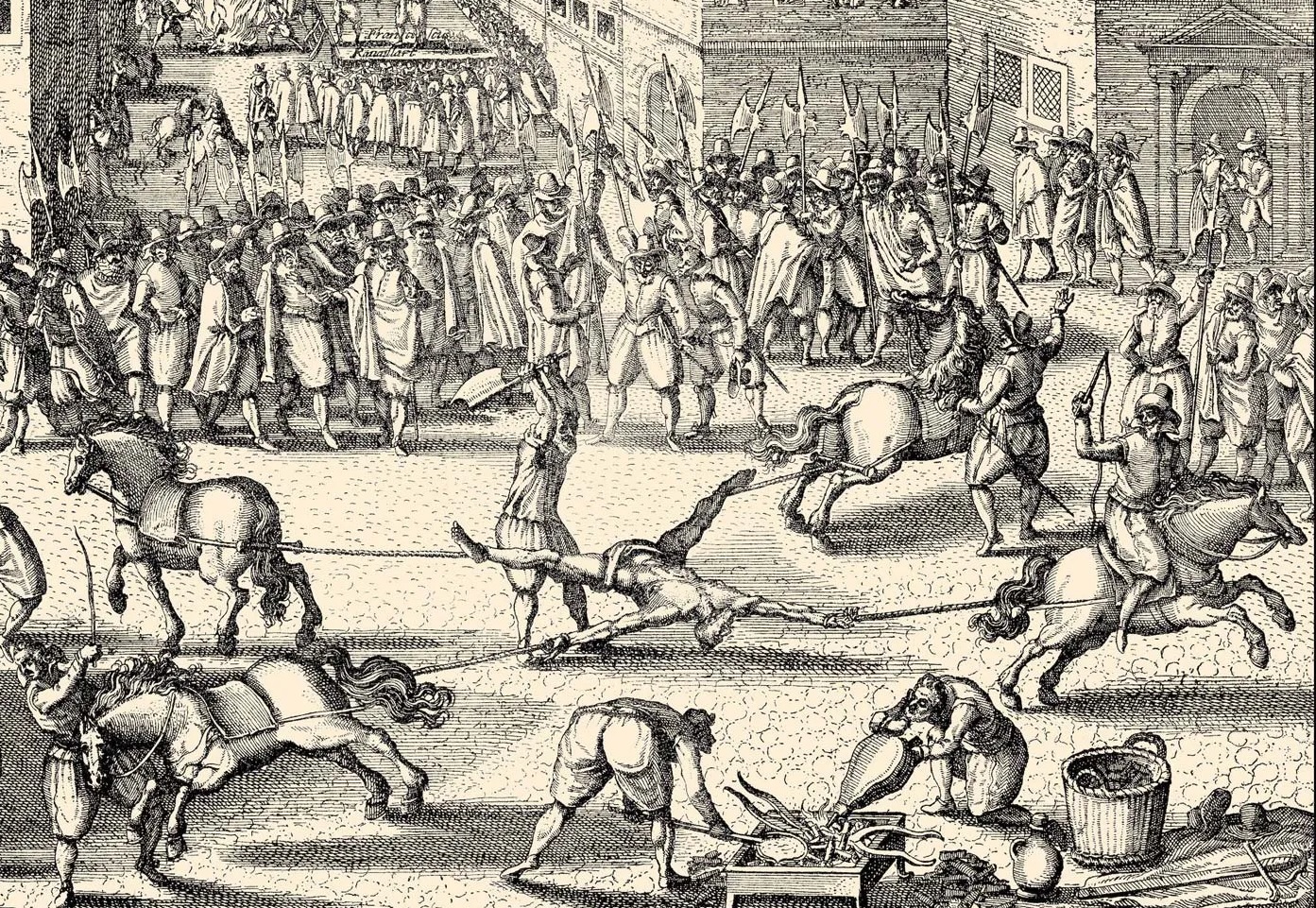
Comments (0)